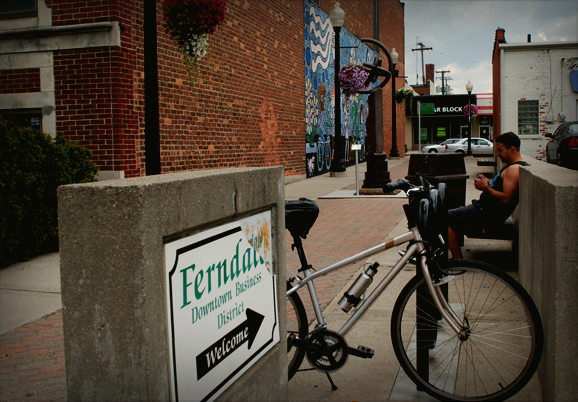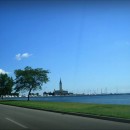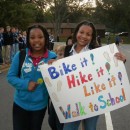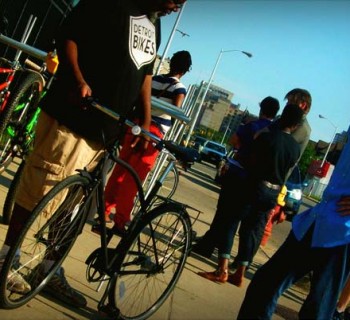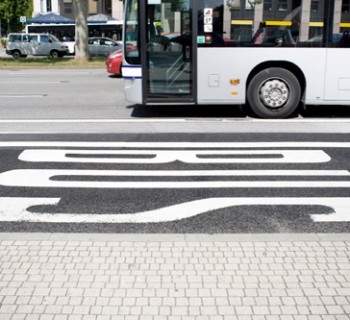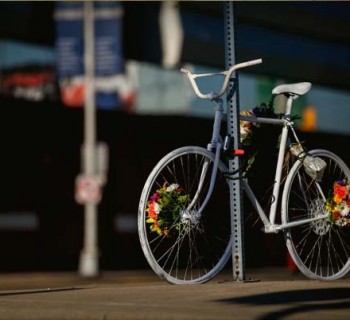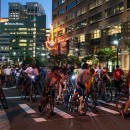MICHIGAN — As the statewide association for cities, townships and villages, the Michigan Municipal League (MML) has a unique seat to watch municipalities address the 21st century demands of residents.
And one of those demands is more walkable neighborhoods with connections to business districts. It’s a new concept for some of the towns, admits Arnold Weinfeld, MML’s director of Strategic Initiatives and Federal Affairs. They’re accustomed to attracting new, sometime sprawling housing developments, strip malls with large parking lots on busy thoroughfares and other sometimes isolated development projects.
But Weinfield is finding a recent sea change among the leagues members. Mode Shift spoke with him about it.
Mode Shift: Why are communities starting to look at the idea of being better connected and offering the ability to embrace a healthier lifestyle?

Arnold Weinfeld: We know what the market research tells us: the largest segments of our society — millennials, young professionals and Baby Boomers — are looking for walkable communities, places where they can go from their door to the club or the restaurant or the coffee shop or the bakery or the retailer by walking or having other modes of transportation available like biking. We need to understand what our market is. Once you understand the market, I think there are things you can do from a local perspective in terms of your planning.
Mode Shift: Such as?
Weinfeld: The kinds of zoning codes you have. You have to allow for the kinds of development that will allow the community, over time, to become a more connected, walkable place.
Mode Shift: Are there communities doing a better job at it than others?
Weinfeld: In metro Detroit, Ferndale, Royal Oak, Birmingham are doing a good job. There are some communities in northwest Michigan, like Traverse City, that are too. And there are some small communities too like Durand in Shiawassee County. Last year they approved a streetscape development that included a bit of “road diet” in it so our members are starting to get it and trying to devise plans that reflect a more connected community.
"You have to allow for the kinds of development that will allow the community, over time, to become a more connected, walkable place." - Arnold Weinfeld, Michigan Municipal League’s director of Strategic Initiatives and Federal Affairs.
Mode Shift: How important is it that planning consultants are part of this?
Weinfeld: That’s the thinking. It has to be systemic. It has to be systemic through all the disciplines that impact how a community looks, how a community feels. There have to be planners, school officials and policymakers all on board.
Mode Shift: How is MML addressing the idea of re-designing communities?
Weinfeld: Over the last couple of years, our conferences, our convention, 90 percent of our programming is centered around building vibrant community centers for 21st century communities.
Contact your local officials and tell them you want smart planning, growth and walkable streets in your community!


